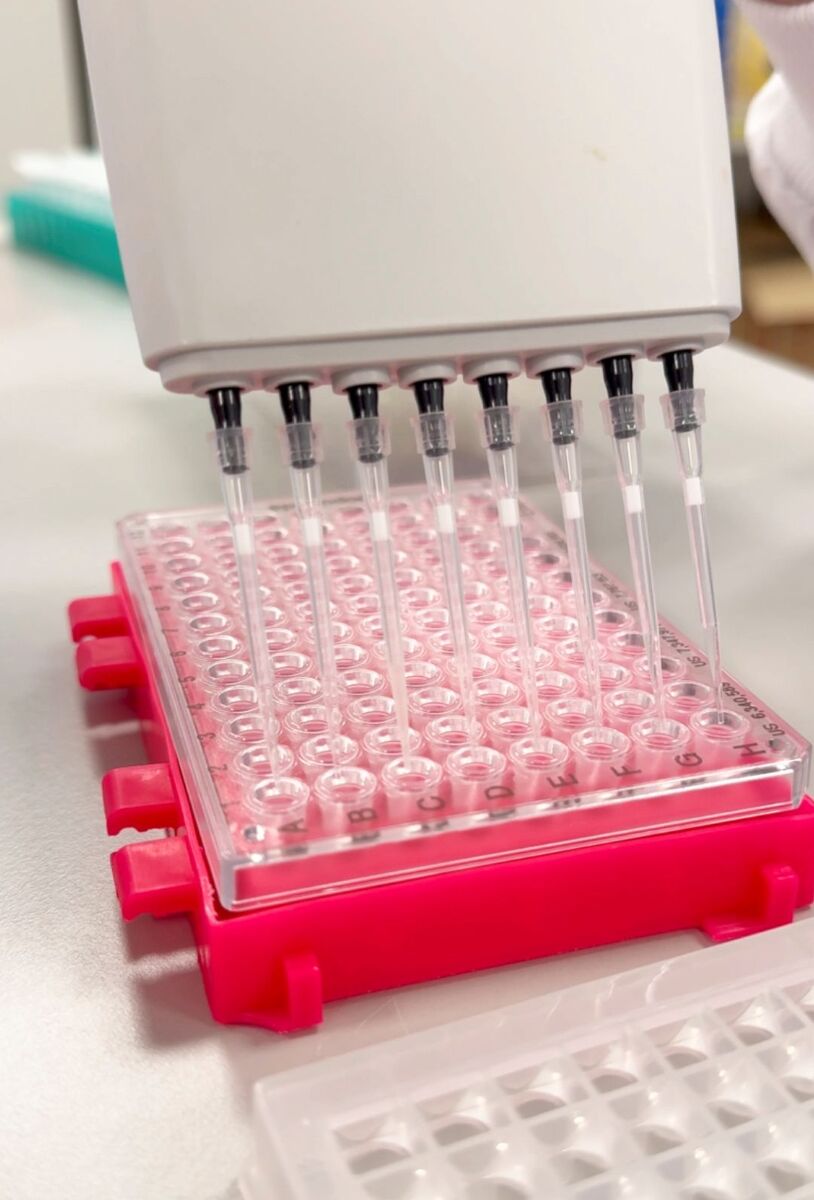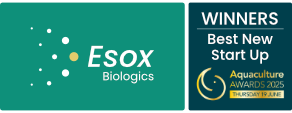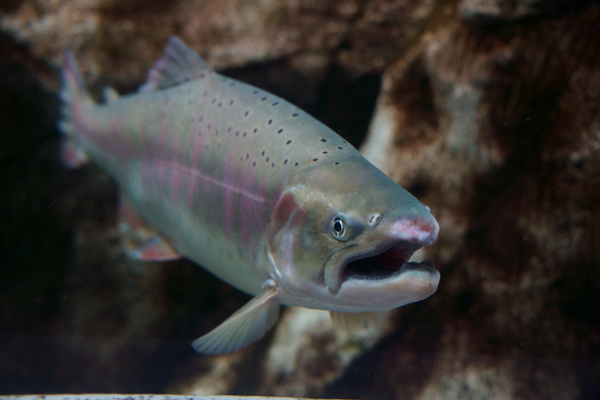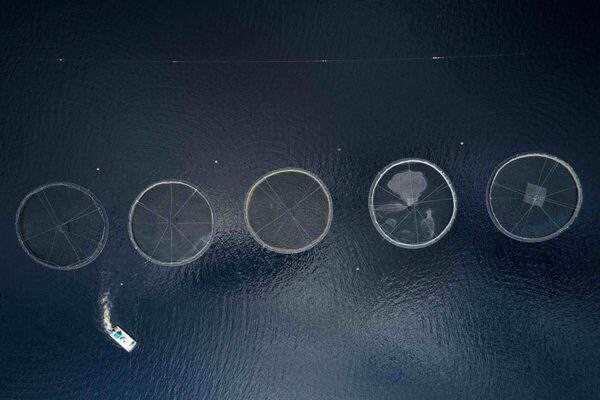Identifying the microbes of interest
Ongoing monitoring of the micro-organisms at the farm site provides valuable information about potential threats

Beneath the surface of every aquaculture environment lies an invisible world of microscopic life, composed of tiny residents that directly influence water quality, nutrient cycling and the health of the livestock with whom they share space.
The way these organisms interact with the livestock ranges from acutely pathogenic to recognisably beneficial, thus within this large community reside Microbes of Interest (MOIs), which can be either good/essential or bad/pathogenic. Developing an understanding of this microbial metropolis is crucial to sustainable stock management at each stage of production.
At the hatchery stage, for example, a number of bacterial species have been identified as a requirement for robust egg development, leading to improved survival. Additionally, in RAS (recirculating aquaculture systems) aquaculture, biofilter communities that makeup the microbiome should be balanced for optimal ammonia and nitrite oxidation. Whereas, in open net pen farming in the sea, a watching brief on the composition of plankton communities is now a routine part of biological monitoring. At all stages, in all systems, looking out for pathogens is vital.
Traditional molecular investigations have been confined to PCR, a targeted and very nuanced tool, often deployed when suspicion requires confirmation. An alternative is a metagenomic approach, which provides a “catch-all” output by sequencing every DNA molecule, disclosing the identity of all its “reads” with forensic detail. In this way, hundreds of MOIs relevant to the environment from which they have been collected are captured, named, and their potential relevance to that environment and the stock within it, described.
Uniquely, this approach allows for the capture of the entire microbial fingerprint of a single sample. If that sample is taken from a single fish, then the MOIs in that animal can be described. However, the real power comes from sampling the environment which that animal shares with its cohabitants. So, for example, a sample taken from anaesthetic water through which a number of fish have passed will capture all the microbes associated with those individuals. This provides the farmer with a “microbial heads-up” with regard to the stock and their environment.
This is achieved through the Esox Biologics “Detect™” service, which focuses on a single sample taken from water that has been used to anaesthetise a number of individuals. This number ranges from about 20 fish in circumstances where marine fish are undergoing lice and gill checks, to many thousands if it were to be used in freshwater vaccination operations. All the animals passing through the anaesthetic bath contribute to the bath’s microbial fingerprint, which can then be “read” through metagenomic analysis.

Figure 1 illustrates this well by showing the results of a metagenomic analysis of anaesthetic bath water compared to swab samples from a few individuals selected from the same water. Note that three animals must be swabbed to detect some MOIs, while a single water sample reveals the same and more.
Like many analytic interventions, the true power and so value to the user, comes from deploying the techniques on a routine basis – monitoring.
Between September 2024 to September 2025, Esox Biologics ran a microbiome surveillance programme at an oyster farm on the west coast of Scotland.
Filter feeding organisms are very good at accumulating microorganisms, occasionally to their detriment. Over twenty years ago a mass mortality in an oyster farm in France was attributed to a, then novel, species of Vibrio (V. aestuarianus). It was thought at the time that this organism inhabited relatively warm waters and so posed no threat to Scottish producers. However, the progress north of warmer seawater has resulted in incidences of V. aestuarianus infections in recent years. To better understand this phenomenon, Esox Biologics undertook water monitoring to examine Vibrio communities.

Esox Biologics was able, from single water samples, to cross reference multiple unique Vibrio species identified in the samples against a database containing 261 unique examples from this genus. It was quickly established that whilst V. aestuarianus was indeed present, the dominant species was V. splendidus, which has been described as an opportunistic pathogen in marine aquaculture. However, continued monitoring revealed that whilst the former species was less abundant in the winter months, this ratio began to swing in the favour of V. aestuarianus in June, preceding the onset of clinical disease, which was confirmed by the farm in August. By this date, V. aestuarianus had become the most dominant species, as shown in figure 2.
This example neatly illustrates the state of flux in which microbial communities exist. Total microbial analysis i.e. the complete microbiome, is the only way that these fluxes can be tracked and managed. The value derived from these revelations comes not just from warnings about the presence of unwelcome pathogens, but also from knowing the status of microbiomes whose correct structure is essential for the efficient functioning of the systems in which they operate.
Why not try these links to see what our Fish Farmer AI can tell you.
(Please note this is an experimental service)






